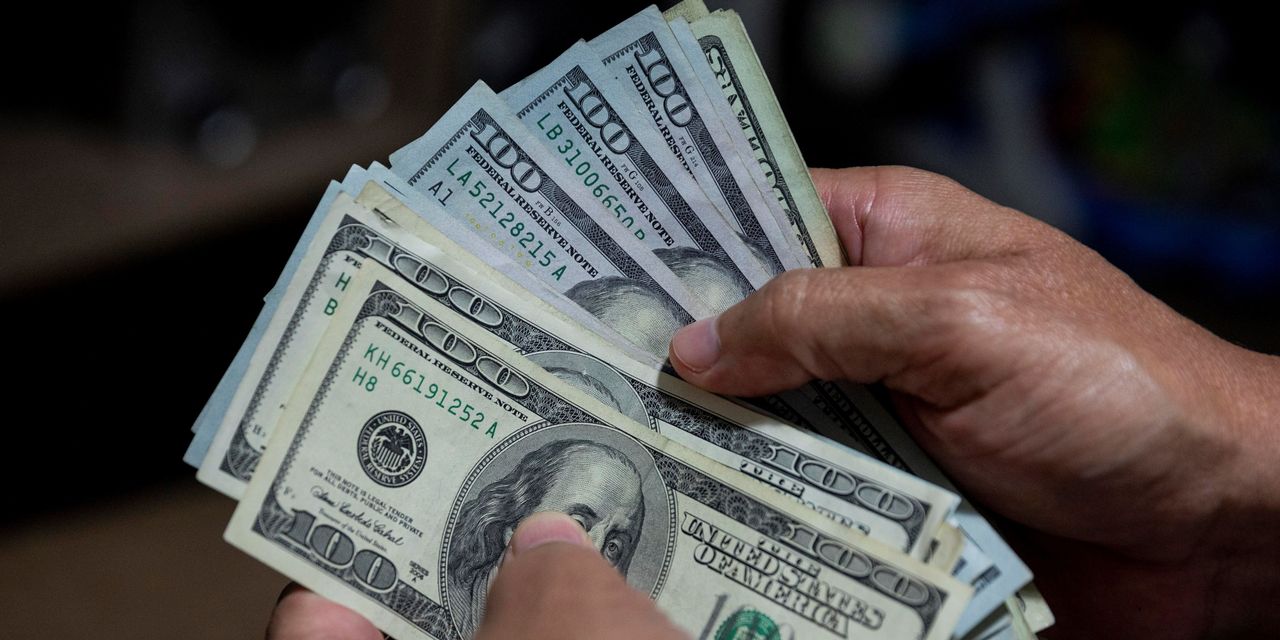
It’s a widely shared belief among investors that the bond market’s biggest bogeyman is inflation.
So when a yearly U.S. inflation measure surged to its highest level since 2018, some market participants were surprised to see yields for government bonds move lower, instead of higher.
“Normally you’d expect interest rates to kind of jump on the higher-than-expected CPI number — and they didn’t,” J.R. Gondeck, managing director at wealth management firm The Lerner Group, told MarketWatch.
He says the lack of any bearish response could be a reflection of how markets were already anticipating inflation measures to tick up in the spring of 2021.
The 10-year Treasury yield TMUBMUSD10Y, 1.628% fell to 1.63%, after trading as high as 1.70% earlier in the day. Bond prices move inversely to yields.
The fall in yields may also have buoyed equities on Tuesday, with the Nasdaq Composite COMP, +1.12% gaining over 1% and the S&P 500 SPX, +0.44% trading up 0.5%, at last check.
See: Wall Street comes to grips with a Fed that will do what it says
The consumer price index jumped 0.6% last month, pushing the annual rate of inflation over the past year to 2.6% from 1.7% in the prior month.
But before the March data, inflation expectations were already quite elevated. The 10-year breakeven rate, sometimes viewed as a market-based measure of inflation prospects, stood at 2.33% on Monday, near its highest levels since 2013.
“Everyone knew prices were going to jump and it will take a string of months of significant surges with prices to get a bigger reaction in the market,” Edward Moya, Senior Market Analyst, The Americas, at OANDA wrote in a note. “The rise in Treasury yields will remain capped until we find out if the upcoming pricing pressures over the next few months are outsized. “
Moreover, the rise in annual inflation measures partly reflected the recovery from the weak readings when the pandemic first impacted the economy, according to Ryan Wang, a U.S. economist for HSBC.
However, some argued the bond-market’s bullish trading in the wake of Tuesday’s consumer prices numbers may have been more due to the Johnson & Johnson JNJ, -1.10% news than inflation concerns.
The Food and Drug Administration and the Centers for Disease Control and Prevention said they would pause the use of Johnson’s COVID-19 vaccine out of an abundance of caution.
“There’s a fair bit of crosscurrent in the market with the announcement that the J&J vaccinations have been paused,” said Kelsey Berro, a portfolio manager JPMorgan Asset Management, in an interview.
Ultimately, investors say inflation data over the next couple of months may not matter as the Federal Reserve has largely dismissed what they expect to be a temporary overshoot of inflation, making it difficult to ascertain when the central bank may change its thinking on when to raise interest rates.
“The real question remains to what extent these figures prove transitory, as the Fed expects, or something longer lasting and we won’t know that until later this year,” said John Leiper, Chief Investment Officer at Tavistock Wealth, in e-mailed comments.
Read: Fed doesn’t see inflation running out of control, Harker says










Add Comment